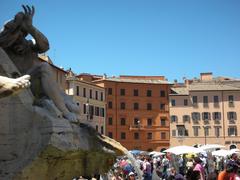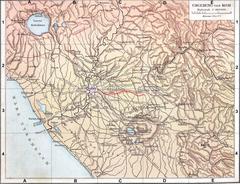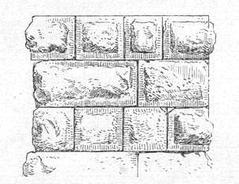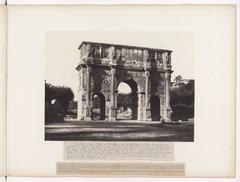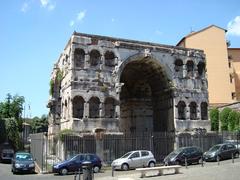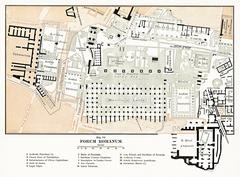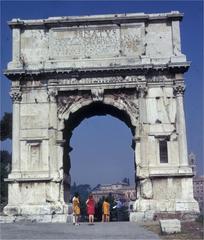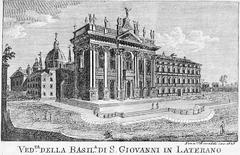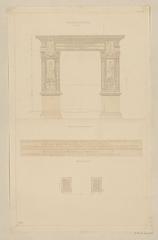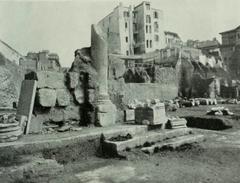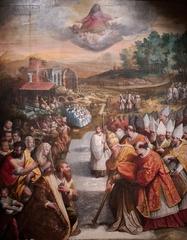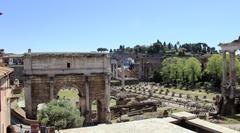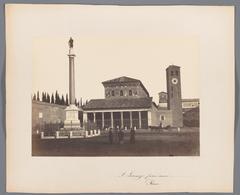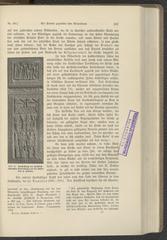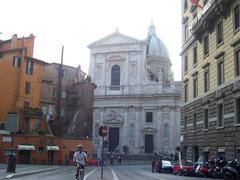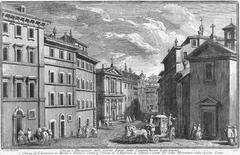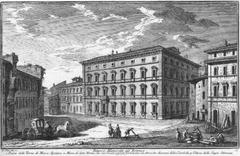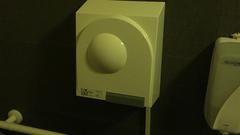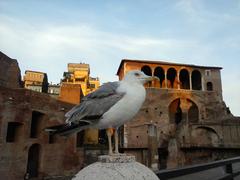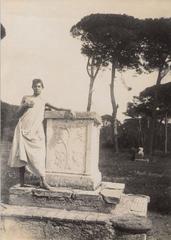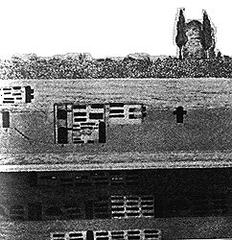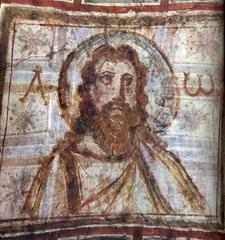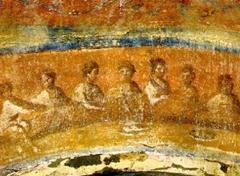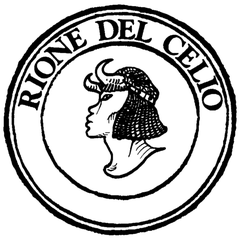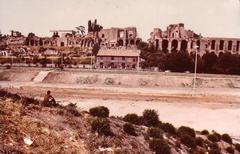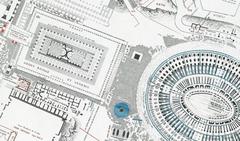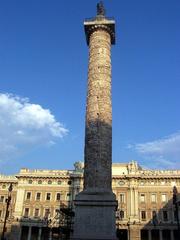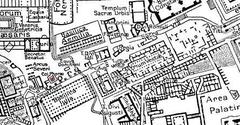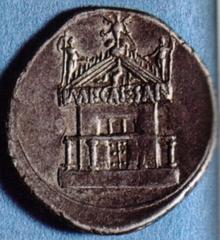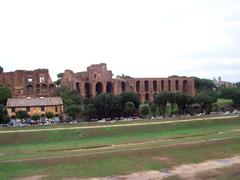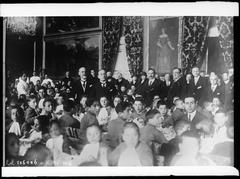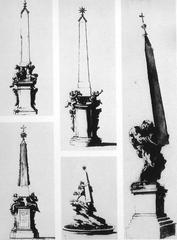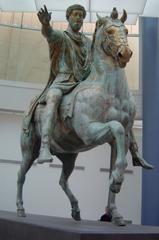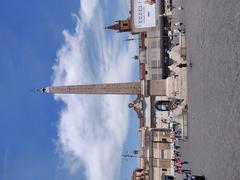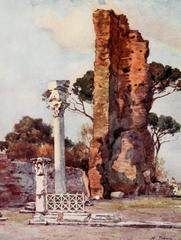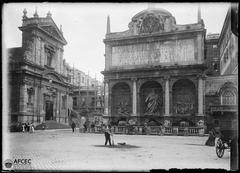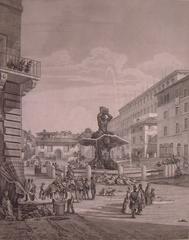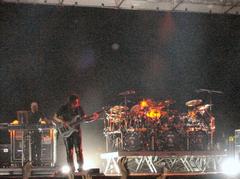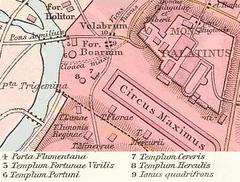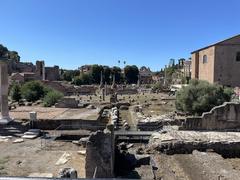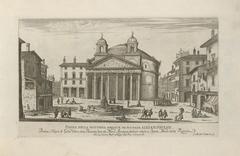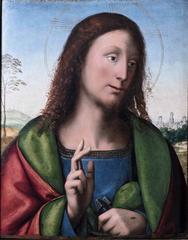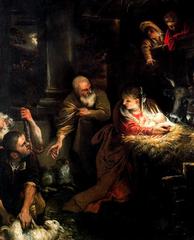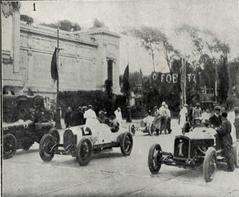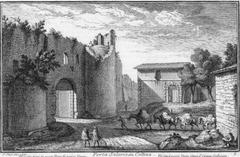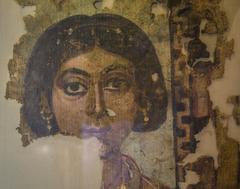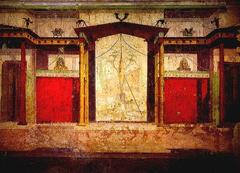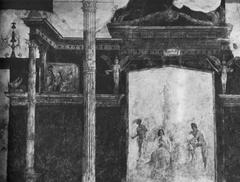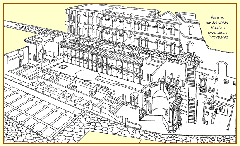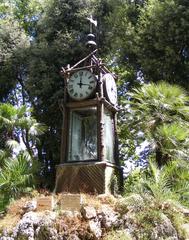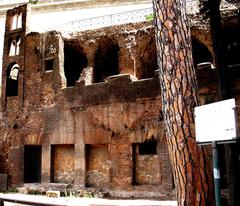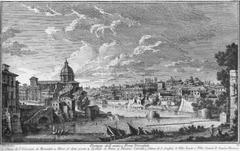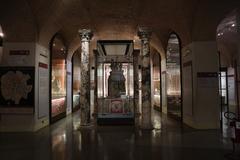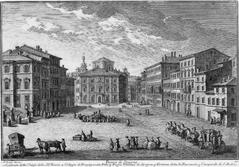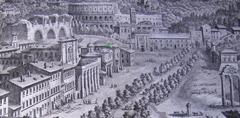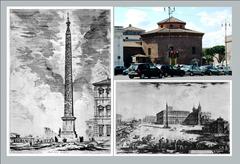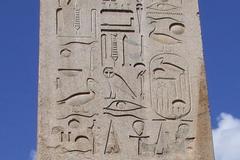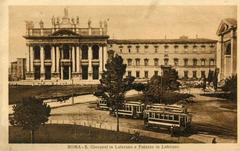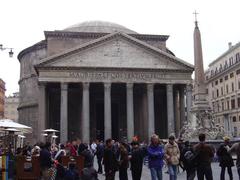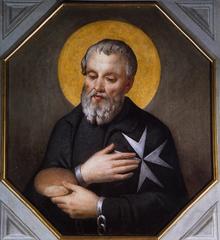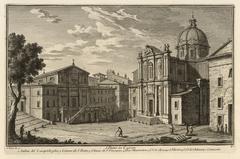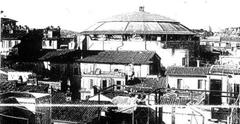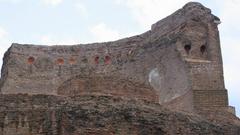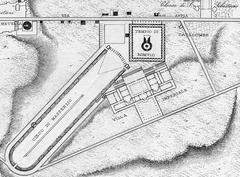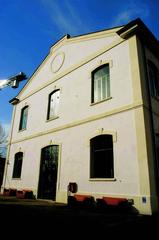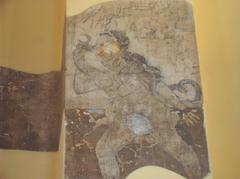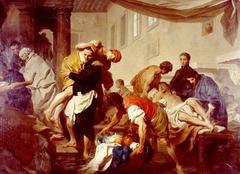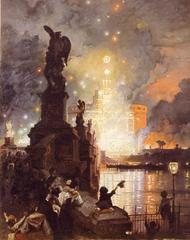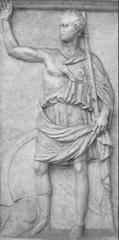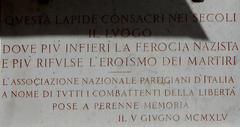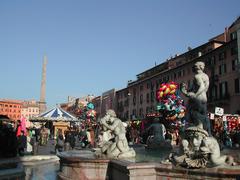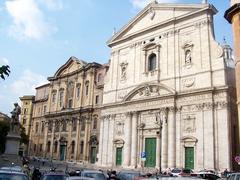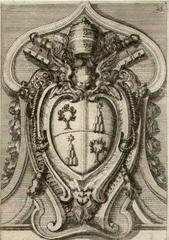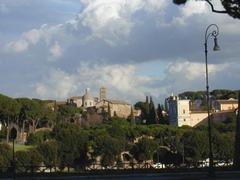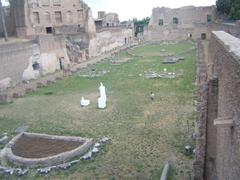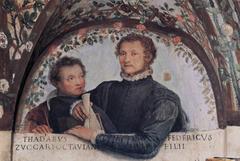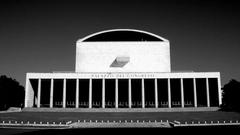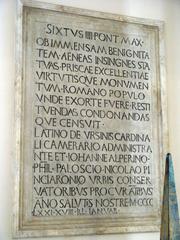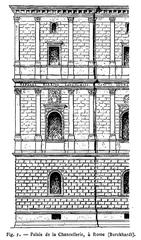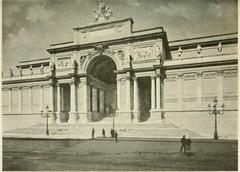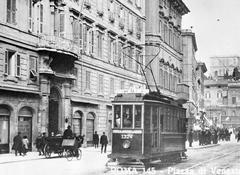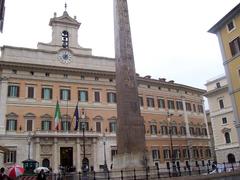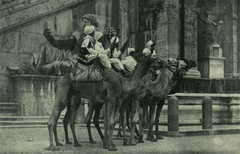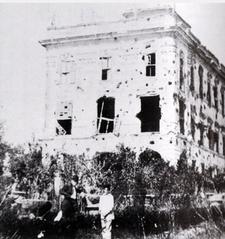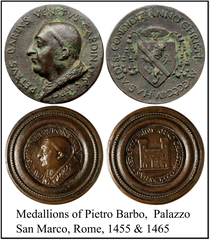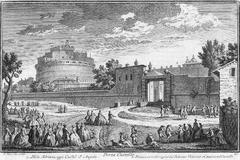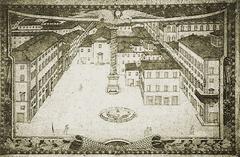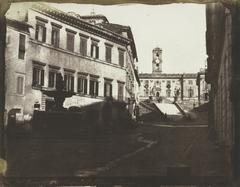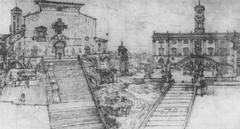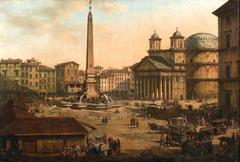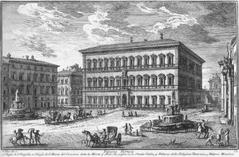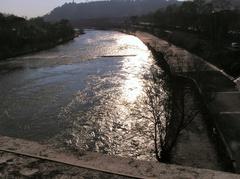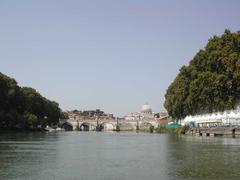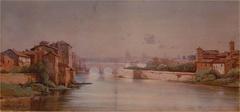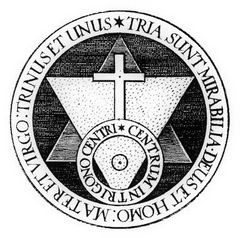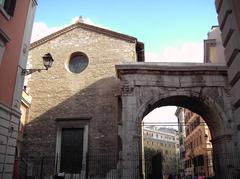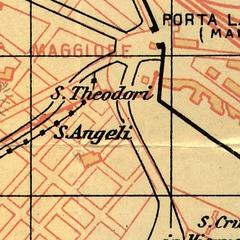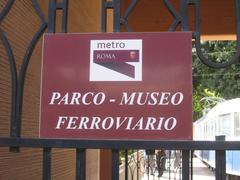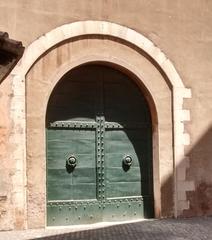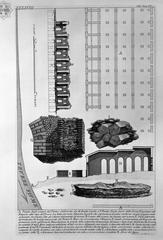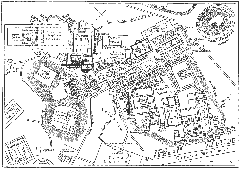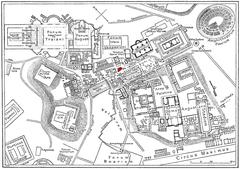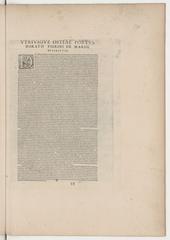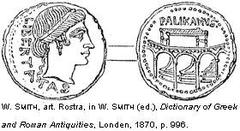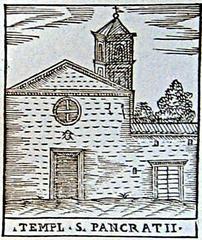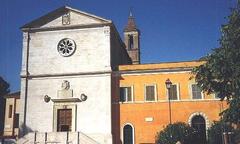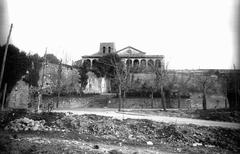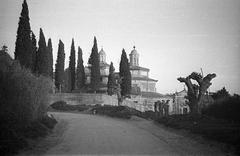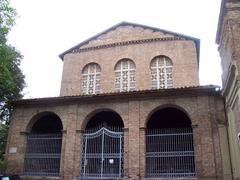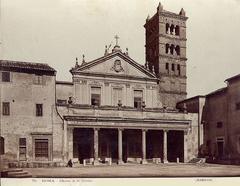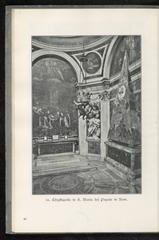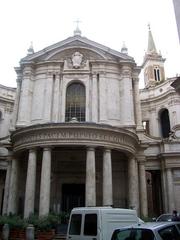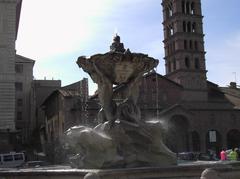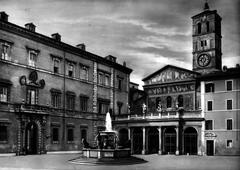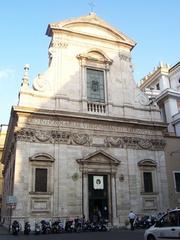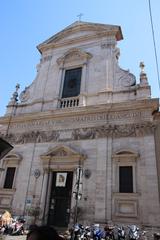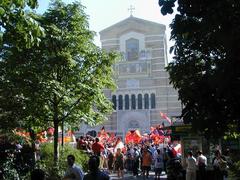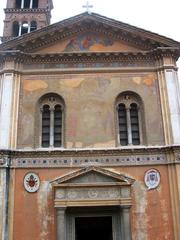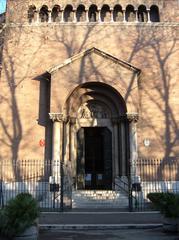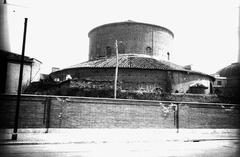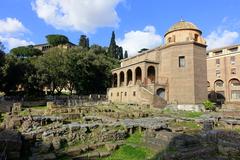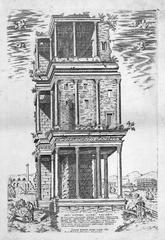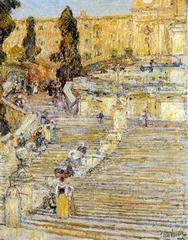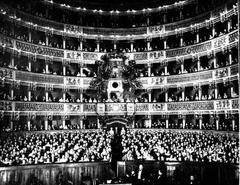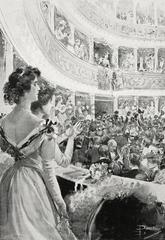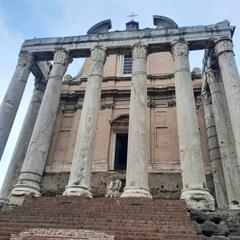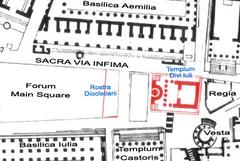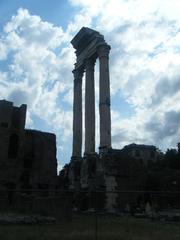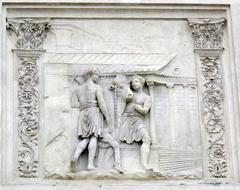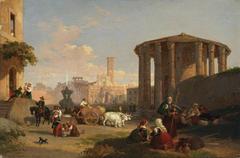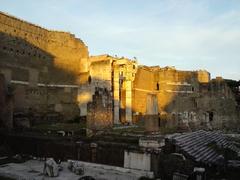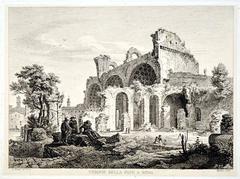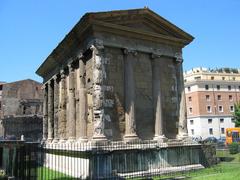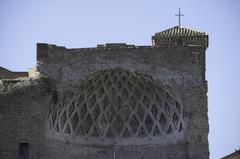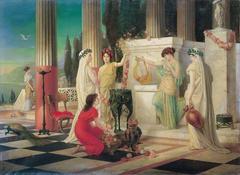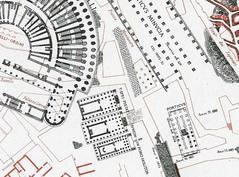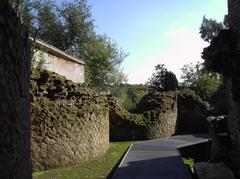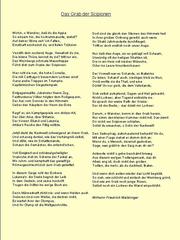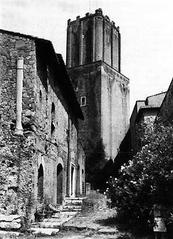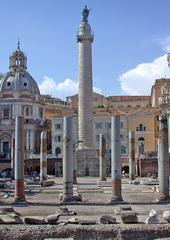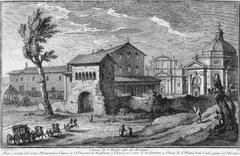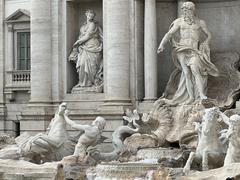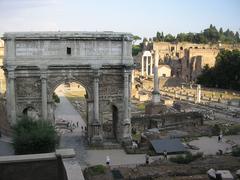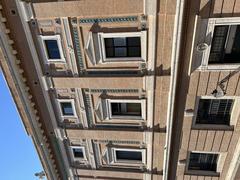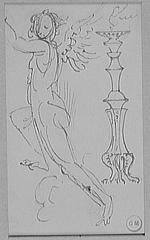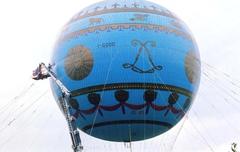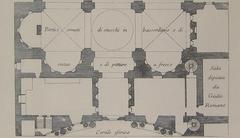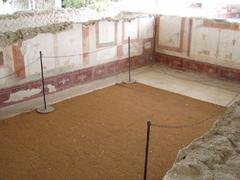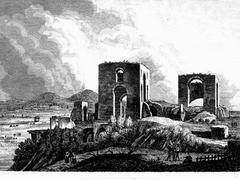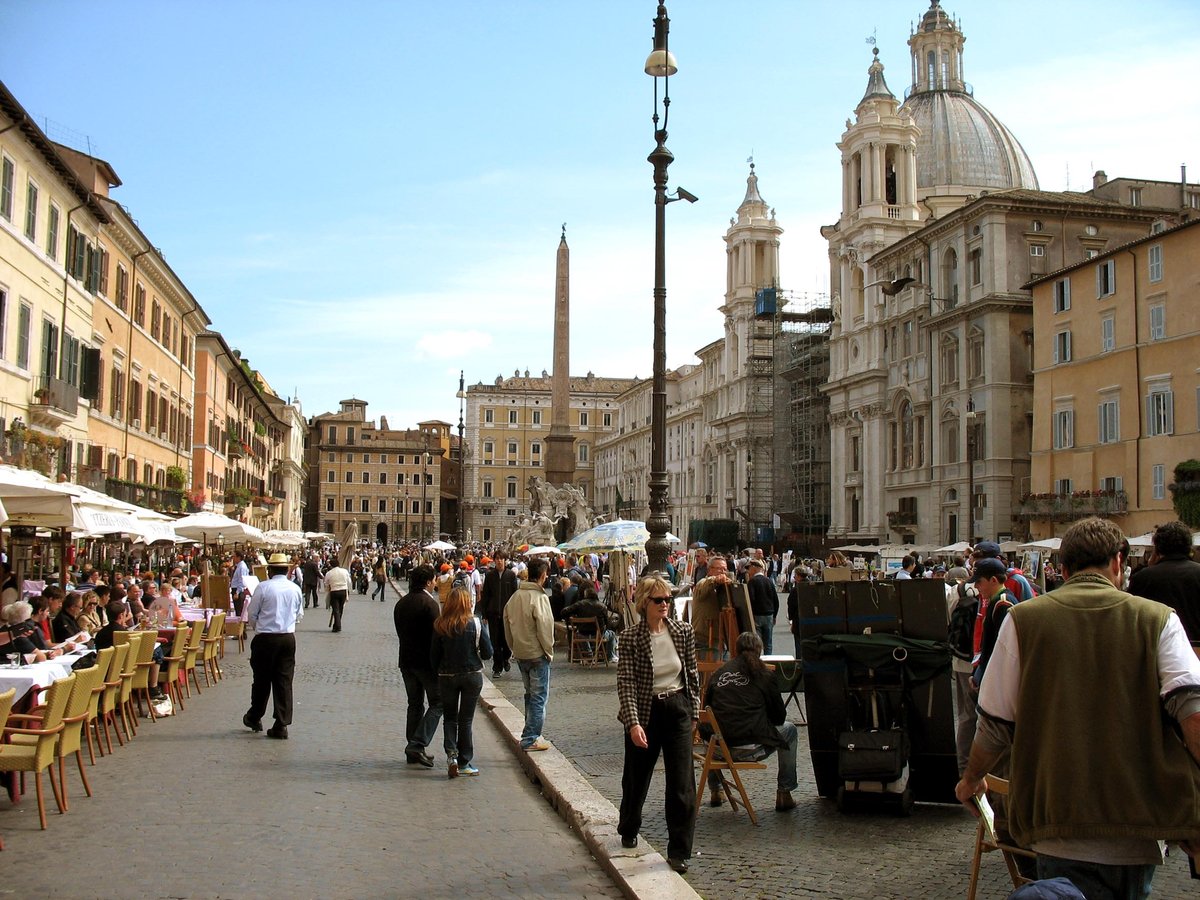
Visiting Piazza Navona: History, Tips, and Visitor Information
Publication Date: 15/07/2024
Introduction to Piazza Navona
Piazza Navona, located in the heart of Rome, Italy, is a living museum of historical splendor and architectural grandeur. Steeped in history and transformed through the ages, this iconic square offers a captivating blend of ancient Roman heritage and Baroque artistry. Initially built in the 1st century AD as the Stadium of Domitian, Piazza Navona was a venue for athletic contests and could accommodate up to 30,000 spectators. Its name, derived from the Latin ‘agones,’ has evolved through the centuries to its present form, ‘Navona’ (Wikipedia).
The square’s transformation took a significant turn during the Renaissance and Baroque periods, particularly under the patronage of Pope Innocent X in the 17th century. This era saw the creation of many of Piazza Navona’s most admired features, including the Fontana dei Quattro Fiumi designed by Gian Lorenzo Bernini, and the Church of Sant’Agnese in Agone designed by Francesco Borromini (Tourist in Rome). The artistic rivalry between Bernini and Borromini adds another layer of intrigue to the square, making it a focal point for art historians and casual visitors alike.
Today, Piazza Navona is a bustling hub of activity, attracting tourists, artists, and locals. It hosts various events, including a traditional Christmas market, and serves as a vibrant public space where history and modernity coexist (Wanted in Rome). This guide aims to provide a comprehensive look at Piazza Navona’s historical significance, architectural marvels, and practical visitor information to ensure an enriching experience for all who visit.
Contents Overview
- Introduction
- Ancient Origins
- Transformation in the Renaissance
- Fontana dei Quattro Fiumi
- Church of Sant’Agnese in Agone
- Fontana del Moro and Fontana del Nettuno
- Cultural and Social Significance
- Modern-Day Piazza Navona
- Architectural and Artistic Legacy
- Visiting Hours and Tickets
- Nearby Attractions
- Visitor Tips
- FAQ
- Conclusion
Ancient Origins
Piazza Navona traces its origins back to the 1st century AD. It was originally the site of the Stadium of Domitian, built in 86 AD by Emperor Domitian. The stadium was used for athletic contests and could accommodate up to 30,000 spectators. The name “Navona” is derived from the Latin word “agones,” meaning games, which over time evolved to “in agone,” then “navone,” and finally “navona” (Wikipedia).
Transformation in the Renaissance
The transformation of Piazza Navona into its current form began in the 15th century when it was paved over to create a public space. The square’s modern appearance is largely the result of Baroque architectural and artistic interventions in the 17th century. Pope Innocent X, whose family palace, the Palazzo Pamphili, faced the piazza, commissioned several significant works to enhance the square’s grandeur (Tourist in Rome).
Fontana dei Quattro Fiumi
The centerpiece of Piazza Navona is the Fontana dei Quattro Fiumi (Fountain of the Four Rivers), designed by Gian Lorenzo Bernini in 1651. This Baroque masterpiece features an obelisk and personifications of four major rivers—the Nile, the Ganges, the Danube, and the Rio de la Plata. Each river represents a different continent, symbolizing the reach of the Catholic Church across the world (Rome.info).
Church of Sant’Agnese in Agone
Adjacent to the fountain is the Church of Sant’Agnese in Agone, designed by Francesco Borromini, Girolamo Rainaldi, and Carlo Rainaldi. The church is dedicated to Saint Agnes, who was martyred in the Stadium of Domitian. Its Baroque façade and dome are significant examples of the architectural style of the period (Wikipedia).
Fontana del Moro and Fontana del Nettuno
At the southern end of the piazza is the Fontana del Moro, originally designed by Giacomo della Porta in 1575 and later enhanced by Bernini with the addition of a central figure of a Moor wrestling a dolphin. The northern end features the Fontana del Nettuno, also by della Porta, with a statue of Neptune added in 1878 to balance the square’s design (Tourist in Rome).
Cultural and Social Significance
Piazza Navona has long been a hub of social and cultural activity in Rome. During the 17th century, it was the site of public events, including theatrical performances and festivals. From 1652 until 1866, the square was flooded on weekends in August for the “Festa del Lago,” a celebration that involved mock naval battles and other festivities (Wikipedia).
Modern-Day Piazza Navona
Today, Piazza Navona remains a vibrant public space, attracting tourists and locals alike. It is a popular spot for street performers, artists, and vendors, contributing to its lively atmosphere. The square is also a venue for various events, including the annual Christmas market, which features a historic carousel and numerous stalls selling holiday goods (Wanted in Rome).
Architectural and Artistic Legacy
The architectural and artistic elements of Piazza Navona are a testament to the ingenuity and creativity of the Baroque period. The square’s layout, with its elongated oval shape, preserves the footprint of the ancient stadium, while the Baroque additions by Bernini and Borromini highlight the artistic achievements of the 17th century. The interplay between the ancient and the Baroque creates a unique and captivating environment that continues to draw visitors from around the world (Finestre sull’Arte).
Visiting Hours and Tickets
Piazza Navona is a public square and is open 24 hours a day. There is no entrance fee to visit the square itself. However, some of the attractions within the piazza, such as the Church of Sant’Agnese in Agone, may have specific visiting hours and may charge an admission fee. It’s advisable to check the official websites for the latest information on ticket prices and opening hours.
Nearby Attractions
Piazza Navona is centrally located in Rome, making it an ideal starting point for exploring other nearby attractions. Just a short walk away are the Pantheon, the Trevi Fountain, and the Vatican City, each offering its own historical and cultural treasures. The proximity of these landmarks enhances the appeal of Piazza Navona as a must-visit destination in Rome (Travel Gabbers).
Visitor Tips
To fully appreciate Piazza Navona, visitors should consider the following tips:
- Best Times to Visit: Early mornings and late evenings are ideal for avoiding large crowds and enjoying the square’s beauty in a more peaceful setting.
- Accessibility: The square is fully accessible to wheelchairs, and public restrooms and benches are available.
- Photography: Piazza Navona is perfect for photography, especially the fountains and surrounding architecture.
- Guided Tours: Consider joining a guided tour to gain deeper insights into the history and significance of the square and its monuments (Rome Wanderlust).
FAQ
What are the visiting hours for Piazza Navona?
Piazza Navona is open 24 hours a day.
Do I need a ticket to visit Piazza Navona?
No, Piazza Navona is a public square and does not require an entrance fee. However, some attractions within the piazza may charge an admission fee.
What are some nearby attractions?
Nearby attractions include the Pantheon, the Trevi Fountain, and the Vatican City.
Conclusion
Piazza Navona’s rich history, stunning architecture, and vibrant atmosphere make it an essential experience for any visitor to Rome. Whether you’re there to admire the masterpieces of Bernini and Borromini, enjoy a leisurely stroll, or simply soak in the ambiance of a Roman piazza, Piazza Navona promises an unforgettable experience.
Key Takeaways and Final Thoughts
Piazza Navona stands as a testament to Rome’s rich and layered history, seamlessly blending its ancient beginnings with Baroque magnificence. From its origins as the Stadium of Domitian to its transformation under Pope Innocent X, the square has evolved into a vibrant cultural and social hub that continues to captivate visitors from around the world. The architectural and artistic contributions of Gian Lorenzo Bernini and Francesco Borromini have left an indelible mark, creating a space that is both historically significant and visually stunning (Rome.info, Tourist in Rome).
Today, Piazza Navona is more than just a historical site; it is a living, breathing part of Rome’s cultural fabric. Whether you’re marveling at the Fontana dei Quattro Fiumi, exploring the Church of Sant’Agnese in Agone, or simply enjoying the lively atmosphere filled with street performers and market stalls, Piazza Navona offers something for everyone. Its accessibility, central location, and array of nearby attractions make it a must-visit destination for anyone exploring Rome (Travel Gabbers).
As you plan your visit, keep in mind the best times to experience the square’s beauty without the crowds, and consider joining a guided tour to delve deeper into its rich history. Piazza Navona promises an unforgettable experience, offering a unique glimpse into the grandeur of Rome’s past and its vibrant present.
Sources and Further Reading
- Wikipedia (n.d.). Piazza Navona. Retrieved from https://en.wikipedia.org/wiki/Piazza_Navona
- Tourist in Rome (n.d.). Piazza Navona: The Baroque Heart of Rome. Retrieved from https://www.tourist-in-rom.com/en/piazza-navona-the-baroque-heart-of-rome/
- Rome.info (n.d.). Piazza Navona. Retrieved from https://www.rome.info/attractions/piazza-navona/
- Wanted in Rome (n.d.). All You Need to Know About Piazza Navona. Retrieved from https://www.wantedinrome.com/news/all-you-need-to-know-about-piazza-navona.html
- Travel Gabbers (n.d.). Piazza Navona. Retrieved from https://travelgabbers.com/europe/italy/rome/piazza-navona/



